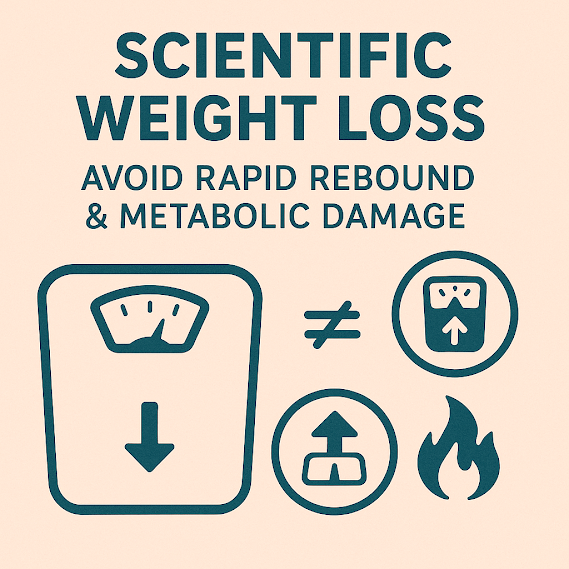The Benefits and Drawbacks of Fat
Fat is a vital nutrient that stores energy, sustains health, and forms tissue cells. It serves as a primary energy source for endurance activities, settles under the skin and around organs to protect them, insulates, retains heat, maintains body temperature, and stimulates appetite. Fat cells also produce hormone-like proteins that combat viruses, mimicking immune cells. They aid insulin in regulating blood sugar and help the immune system fight cancer cells. Moderate fat levels boost immunity, but excess fat disrupts hormone balance, leading to health issues.
1. Composition of Fat
Fat consists of carbon, hydrogen, and oxygen, with traces of helium and phosphorus. Formed by one glycerol molecule and three fatty acids, it’s known as triglyceride. Fats include oils (lipids) and lipid-like substances (fatty acids and alcohols). They contain three types of fatty acids: saturated, monounsaturated, and polyunsaturated. One regulates physiological functions, while the others reduce harmful cholesterol in the blood.
- Saturated Fatty Acids: High melting point, solid at room temperature, found in animal fats like pork, beef, lamb, shellfish, egg yolk, butter, cheese, chocolate, coconut oil, and palm oil. These are essential for physiological and biochemical activities, aiding in bile and hormone synthesis. Bile acids, derived from cholesterol, assist in digesting and absorbing lipids. However, excessive animal fat consumption raises cholesterol levels, increasing risks of arteriosclerosis and coronary heart disease.
- Monounsaturated Fatty Acids: Low melting point, liquid at room temperature, found in plants like soybeans, peanuts, rapeseed, sesame, corn, avocados, nuts, sunflower seeds, olives, and peanut oil. Insoluble in water but soluble in organic solvents, these fats prompt the liver to produce high-density lipoprotein, which clears excess cholesterol from blood vessels, preventing diseases. Yet, long-term overconsumption of plant oils may elevate unsaturated fatty acid levels, increasing risks of colon or breast cancer. While not carcinogenic, these acids can promote cancer cell growth. Excessive intake also leads to obesity.
- Polyunsaturated Fatty Acids: Low melting point, liquid at room temperature, beneficial like monounsaturated fats. Found in almonds, cottonseed oil, margarine, corn oil, fish, mayonnaise, safflower oil, walnut oil, and soybean oil. Highly unstable, they oxidize easily during frying, becoming harmful “toxic” oils. These acids are crucial for cell membrane formation but, when oxidized, impair membrane function, causing illness. Omega-3 fatty acids, a type of polyunsaturated fat, are essential like vitamins and minerals, acting as “vascular scavengers” to clear blood vessels. Insufficient intake may impair heart and brain function. DHA, another polyunsaturated fat, softens blood vessels, boosts brain function, and improves vision, earning the nickname “brain gold.”
Lipid-like substances include phospholipids, glycolipids, waxes, and sterols.
2. Fat Proportion in the Body
Fat accounts for 10–15% of body weight. Dietary fat should provide 20–25% of total energy (not exceeding 30%).
3. Energy Density
Fat is compact yet yields the highest energy: 9 kcal per gram.
4. Functions of Fat
Fat supplies energy, cushions organs (forming fat pads around the heart and kidneys to prevent injury), prevents dry hair, maintains body temperature, forms tissue cells, aids absorption of fat-soluble vitamins (A, D, E, K), provides essential fatty acids, enhances food flavor, promotes satiety, and combats hunger.
5. Insufficient Fat Intake
Low fat intake hinders cell formation and absorption of fat-soluble vitamins, leading to deficiencies.
6. Excessive Fat Intake
Excess fat accumulates, causing weight gain, arteriosclerosis, and heart disease. Men with over 20% body fat and women with over 30% are considered obese, increasing risks of diabetes, gallstones, hypertension, heart disease, and vascular hardening. Excess fat also impairs protein and iron absorption and reduces endurance and athletic performance.
7. Balanced Fat Intake
For health and disease prevention, dietary fat should contribute no more than 25% of total calories, with animal fats below 10%. A mix of animal and plant fats, or alternating their use, is ideal. The American Medical Nutrition Research Center recommends a 2:1 ratio of plant to animal fats for optimal health.












Comments
Post a Comment